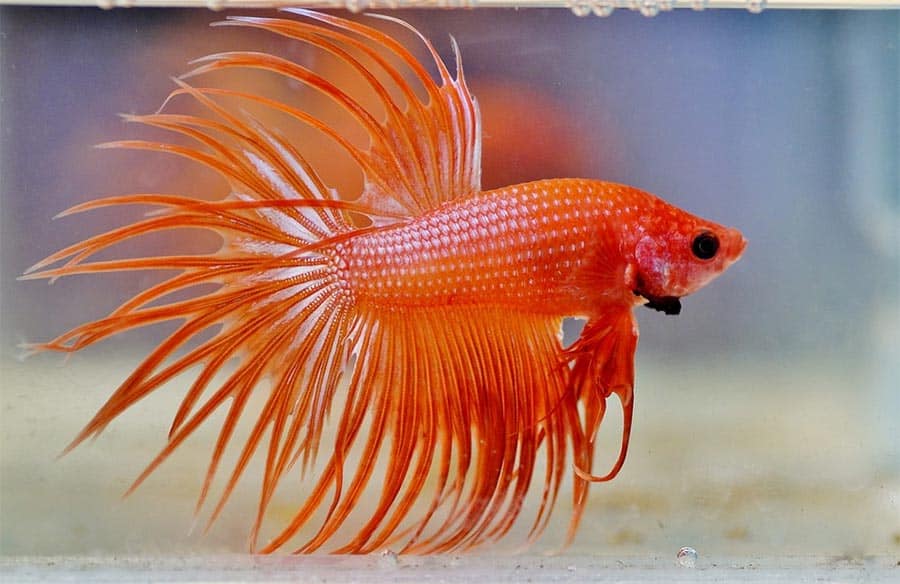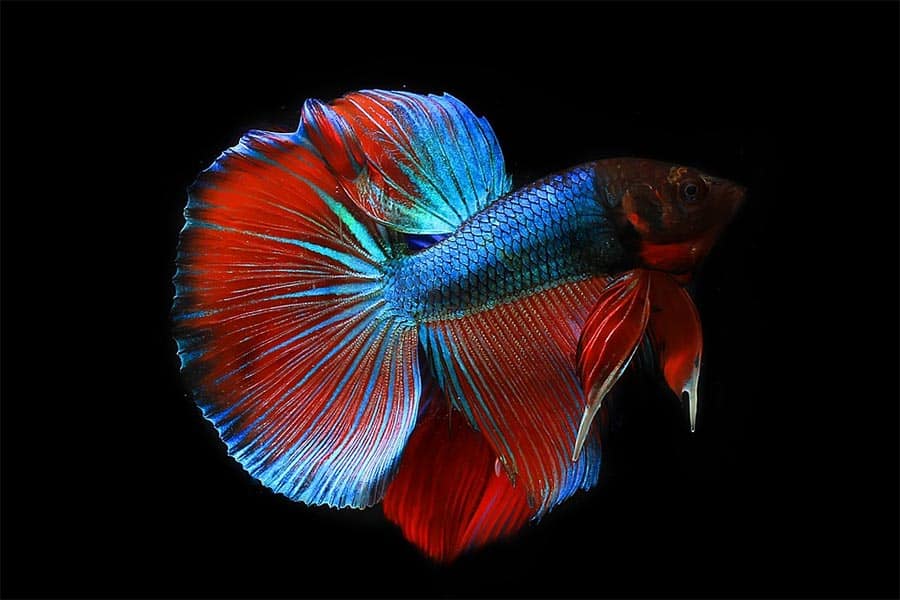Betta fish, also known as fighting fish, are trendy among the pet industry and people. People consider betta fish as their children and love them the same as babies. This is probably because they are easy to take care of, colourful, and live in small spaces. But if you are new to betta fish or a seasoned veteran, there’s always room for improvement. If you want to be a proud owner of healthy and happy pet fish, you must follow specific tips for betta fish care.
In this guide, you will learn everything there is to know about betta fish care.
Get The Right Species
The first step in betta fish care is to get the correct species. Bettas come in many different shapes and colours, so it can be hard to choose just one. When selecting a betta, keep in mind the size of your tank and what type of water you have in your tank. If you have a smaller tank (under 5 gallons), you should stick with a betta splendens or siamese fighting fish. If you have a larger tank (10 gallons or more), then you can experiment with other types of bettas. The aquarium store depot can help you decide if you are having trouble. They recommend on their website to get the right one for your aquarium. Also, when choosing a betta, consider your tank size and what type of water you have in your tank.
Get the Right Tank
The second step in betta fish care is to get the right tank. Bettas need plenty of space to swim around, so a small bowl or container is not ideal. A good rule of thumb is 1 gallon of water for every 2 inches of fish. So if you have a 3-inch betta, you will need a minimum of 6 gallons of water. When choosing a tank, make sure to get one big enough for your betta and has a filter. A filter is important because it keeps the water clean and healthy for your fish. If you don’t have a filter, you will need to change the water in your tank every other day.

The Right Temperature
The next step in betta fish care is to make sure the temperature of the water is correct. Bettas thrive in warm water, so the ideal temperature is 75-82 degrees Fahrenheit. If the water is too cold you can use a heater to make the water warm. You can use a thermometer to measure the water temperature or use the following trick: place your hand in the tank for about 5 seconds. The temperature of your hand will be a good indicator of the water temperature.
The Right Food
The next step in betta fish care is to ensure your fish get the right food. Bettas are carnivores and need to eat primarily meaty foods. You can buy commercial betta food at most pet stores or feed them live food such as brine shrimp, bloodworms, or freeze-dried food. When feeding your betta, make sure only to provide them what they can eat in 2-3 minutes. If you overfeed your betta, they will become sick and could die.
The Right Water
Another step in betta fish care is to make sure the water is healthy and clean. Bettas need water that is low in ammonia and nitrates. You can test the water quality with a test kit from your local pet store. If the water is not clean, you will need to change it every other day. You can also use a filter to keep the water clean and healthy for your fish. If you don’t have a filter, you will need to change the water in your tank every other day.
The Right Habitat
The last step in betta fish care is to ensure your fish have a suitable habitat. Bettas need plenty of plants and hiding spots to feel safe and secure. You can buy fake plants at most pet stores, or you can also use natural plants if your tank is big enough. When choosing a plant, make sure it is not poisonous to your fish. You can also add rocks and other decorations to your tank to make it more interesting for your fish. Just be sure to keep in mind the size of your tank when adding embellishments.
Remember Filtration
Aquarium filters play an essential role in keeping your aquarium clean and healthy. Not only do they remove debris and water impurities, but they also help to maintain the correct water temperature and pH levels. Several different filters are available, so it is essential to choose one right for your tank size and type. Popular filter types include canister filters, power filters, and sponge filters.
As you can see, taking care of a betta fish is not as difficult as it may seem. If you take the time to learn about betta fish care, you can have a healthy and happy fish. By following these simple tips, you can help your betta live a long and healthy life.
















You must be logged in to post a comment.